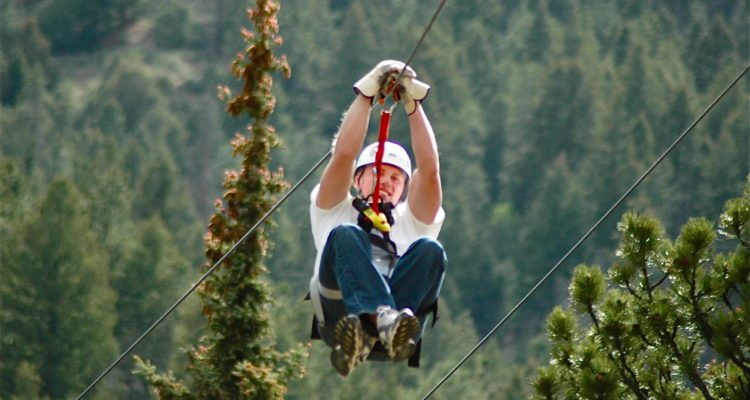1) With, not For. Notice that you’re not creating an adventure for your students—you’re creating one with your students. Invite them into the process of creating the adventure, and you also must be committed to being a co-adventuring participant.
2) Plan ahead, but not too much. If you’re going on a camping trip, make sure you’ve been to the camp or campground and visited the area on your own ahead of time. From there, you can take calculated risks that won’t involve putting you or your group in a bad situation. You can take students down a trail you’ve never hiked before, as long as it’s not the first time you’ve ever been in the same country as the trail you’re hiking.3) “Where there’s a fence, there’s a way around it.” When I was studying in Israel, one of my professors voiced this infamous line when our class unexpectedly came upon a fence with a sign that said, “Danger: Mines Ahead,” while hiking on a trail near Galilee. Unexpected problems are opportunities for more adventure, not obstacles that should derail your adventure.4) Don’t adventure alone. Make sure you have the support of parents, senior leadership and your volunteers as you plan an adventure that involves any type of risk or danger.5) Tell them the truth. Talk to students as if you believe they can handle what lies ahead (even if you don’t). I once started a morning hike that involved walking near 100-foot cliffs that dropped directly into Lake Superior with the words, “Everything we’re going to do today is 100 percent safe; but if you don’t do what I say, it’s possible you could die.”




